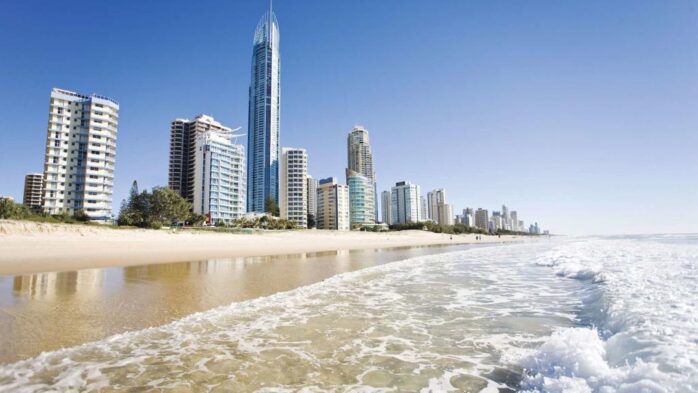
Welcome to the sunny side of life, where the sun shines for 300 days a year, and where the sky and the sea seem to be in an everlasting, gentle competition to out-blue each other. This is the Gold Coast Beachfront, one of Australia’s top tourist destinations that stretches along 57 kilometers of pristine coastline.
In this blog post, we’ll embark on a seasonal journey across the Gold Coast Beachfront. If you’re wondering when is the best time to visit, keep in mind that the Gold Coast is a year-round destination. Each season offers a unique charm and different experiences, and our goal is to help you decide the best time for you to take in the endless beaches, the impressive skyline, and the vibrant atmosphere of the Gold Coast.
Spring (September – November)
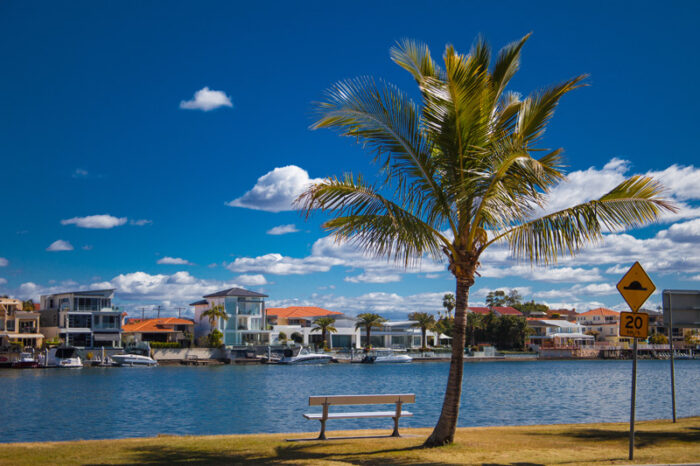
As the gentle coolness of winter subsides, the Gold Coast Beachfront begins to come alive with the colors and vitality of spring. The temperature typically hovers between 15 to 25 degrees Celsius, perfect for enjoying outdoor activities without the summer heat.
During this time, the region celebrates the onset of warmer weather with a host of events, including the Gold Coast 600, a thrilling car racing event. The Swell Sculpture Festival in Currumbin Beach is another highlight, where awe-inspiring sculptures are displayed against the backdrop of the stunning coastline.
Visiting during spring offers the advantage of a lesser crowd than the summer months. However, be mindful of the school holiday periods when the area can get a bit busier. It’s also a great time to spot humpback whales migrating south towards the Antarctic.
Summer (December – February)
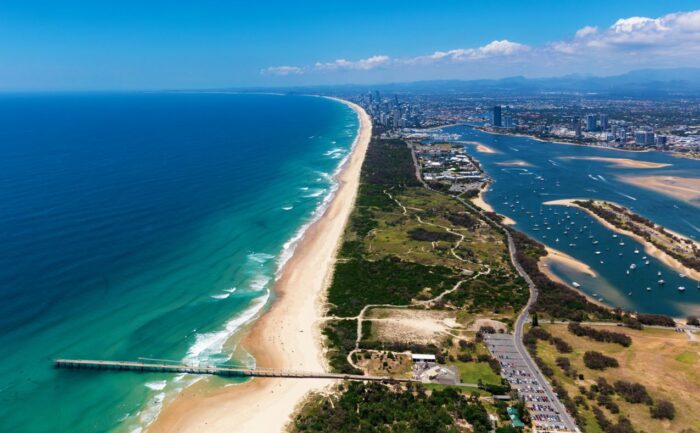
Summer is when the Gold Coast truly sparkles. The temperature ranges between 20 to 28 degrees Celsius, creating an ideal environment for beach activities. As you would expect, this is the peak tourist season, making the Gold Coast Beachfront a bustling hub of activity and excitement.
The beachfront throbs with life and adventure, with water sports taking center stage. Whether you’re a surfer catching the waves at Surfers Paradise, a family enjoying the calm waters of Tallebudgera Creek, or a thrill-seeker parasailing over the blue expanse, there’s something for everyone.
Bear in mind, though, the summer is the busiest time to visit. Accommodations should be booked well in advance, and popular spots can get crowded. However, the vibrant atmosphere, the exciting water activities, and the pleasure of basking under the Australian sun more than make up for it.
Autumn (March – May)
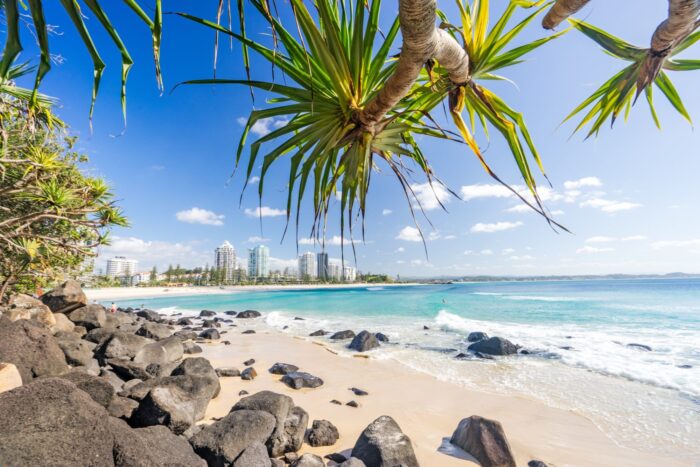
As the exuberance of summer mellows, autumn arrives with a sense of calm on the Gold Coast Beachfront. Temperatures cool down to a comfortable range of 18 to 25 degrees Celsius. The peak tourist rush subsides, and a quieter ambiance takes over, making it a delightful time for those seeking a tranquil getaway.
Autumn is a great time to explore the natural beauty of the Gold Coast hinterland. As the season progresses, the landscape is painted with stunning hues of red, orange, and gold. Nature walks and trails are especially rewarding during this time, offering breathtaking views.
Lower tourist numbers also mean easier access to popular attractions and potentially better deals on accommodation. While the weather is generally pleasant, occasional rain showers can occur, so packing a light raincoat might be a good idea.
Winter (June – August)
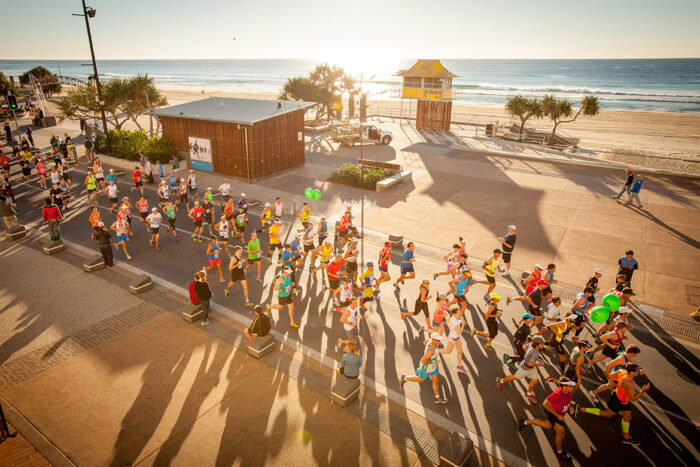
The Gold Coast’s subtropical climate ensures that winter is a season of mild coolness rather than biting cold, with temperatures typically between 11 to 21 degrees Celsius. The winter months transform the Gold Coast Beachfront into a peaceful haven with cooler temperatures, serene beaches, and fewer tourists.
Winter at the Gold Coast offers a unique set of attractions. The whale-watching season is in full swing, providing an excellent opportunity to witness these majestic creatures in their natural habitat. The Gold Coast Marathon also takes place in winter, attracting participants and spectators from around the world.
However, keep in mind that while winter might offer quieter beaches and lower accommodation rates, the cooler temperatures might not be ideal for water-based activities.
Seasonal Activities and Attractions
The Gold Coast Beachfront is a veritable playground of experiences that cater to different interests, ages, and energy levels. Spring’s pleasant temperatures are perfect for water-based activities like surfing, paddleboarding, or simply lounging by the beach.
In summer, the heat brings with it a range of activities, including jet skiing, parasailing, and diving. Autumn, with its milder weather, is an excellent time for hiking, bird watching, and exploring the hinterland, while winter is prime time for indoor activities, events, and of course, whale watching.

Weather Considerations
When planning your visit to the Gold Coast Beachfront, it’s essential to consider the typical weather patterns. Spring and autumn offer pleasant temperatures, ranging between 15 to 25 degrees Celsius and 18 to 25 degrees Celsius, respectively. Summer can be hot, with temperatures reaching up to 28 degrees Celsius, while winter offers mild coolness with temperatures between 11 to 21 degrees Celsius.
Rainfall is most likely to occur in the summer months and the early part of autumn, so if you’re visiting during these times, packing some waterproof items would be wise. Regardless of when you visit, sunscreen, hats, and sunglasses are a must, given the Gold Coast’s sunny disposition.
Crowds and Accommodation
The level of crowds fluctuates throughout the year. Summer sees the highest influx of tourists, making the beachfront areas bustling with activity. This also means that accommodation prices peak and availability at premium locations such as Gold Coast beachfront apartments may be limited without early booking.
During autumn and winter, the crowds thin out, and accommodation prices tend to drop, making it a great time for travelers seeking a quieter and potentially more affordable experience.

Budget-Friendly Travel Tips
For those traveling on a budget, consider visiting during the shoulder seasons of spring and autumn when accommodation prices are more moderate. Keep an eye out for special deals or packages that many hotels and tour operators offer during these times. Visiting attractions during weekdays and dining at local eateries rather than tourist hotspots can also help save money.
Local Events and Festivals
The Gold Coast Beachfront hosts a range of exciting events and festivals throughout the year. In spring, don’t miss the thrilling Gold Coast 600 and the Swell Sculpture Festival. Summer is marked by New Year’s celebrations and Australia Day festivities, while winter brings the Gold Coast Marathon.
Aligning your travel plans with these events can make your visit even more memorable.
Safety and Health Considerations
Your health and safety are paramount, regardless of the season. Sun protection is essential all year round. If you plan on participating in water sports, ensure you’re aware of safety guidelines and conditions. Also, be aware of marine stingers and sharks, especially in the warmer months, and always swim between the red and yellow flags.
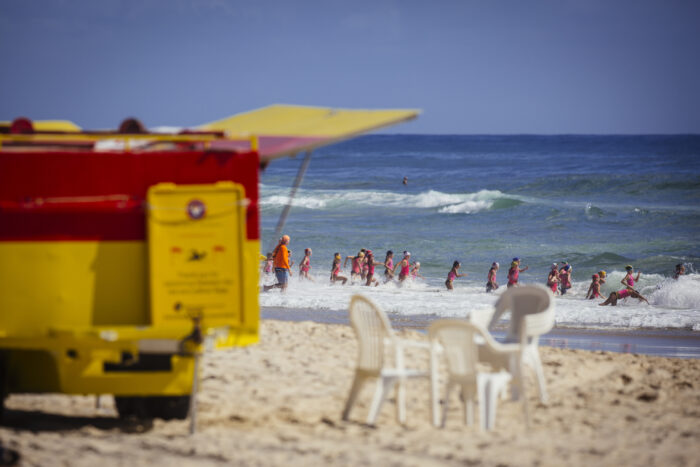
Conclusion
No matter when you decide to visit the Gold Coast Beachfront, you’re in for a delightful experience. Each season carries its charm, activities, and attractions. Whether you’re drawn by the summer vibrancy, the spring freshness, the autumn tranquility, or the mild winter coolness, your perfect time to visit is waiting. After all, the Gold Coast Beachfront is not just a destination; it’s an experience that changes yet remains spectacular throughout the year.











